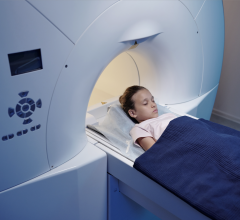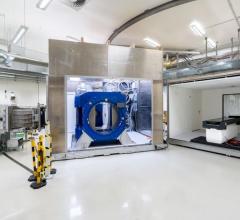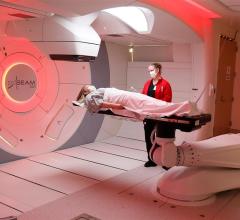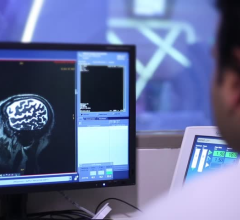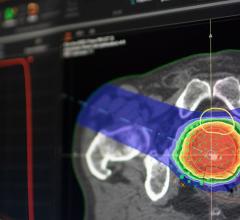June 20, 2014 — The doctors and staff of the Indiana University Health Proton Therapy Center in Bloomington, Ind., have collaborated with Indy Composite Works (ICW) to design and manufacture a customized carbon fiber patient treatment table that has significantly improved the flexibility and precision of proton therapy while increasing patient comfort. ICW is a supplier of engineered, ruggedized, lightweight composite structures and tooling systems.
“When we contacted ICW in 2011, we were one of only nine proton therapy centers in the country, and there were few companies developing products for proton therapy needs. The tables available did not meet our needs for the complex case mix of patients that we could treat,” said Jeffrey Buchsbaum, M.D., radiation oncologist at the IU Health Proton Therapy Center.
Proton therapy utilizes a concentrated beam of radiation, which spares normal surrounding tissues from exposure, having fewer long-term effects on organs and limiting tumor risks later in life. There are many challenges specific to craniospinal irradiation (CSI) cases, where patients receive radiation to the brain and spinal cord. Prior to the new table, CSI patients had to lie on their stomachs, which made using anesthesia for children less safe and difficult to protect the vocal cords. In addition, the precision of the therapy makes it critical for patients to remain in the same position for up to one hour, difficult especially for children, who make up about 30 percent of the center’s patients.
“A customized table became critical in providing the absolute best positioning of adults and children during treatment,” said Buchsbaum.
The new treatment table design allow CSI patients to be more comfortable in the supine position, and anesthesia can be delivered with greater ease, particularly important when dealing with young patients. The staff indicates the tables have helped increase productivity and improved workflow.
“The new tables have given the IU Health Proton Therapy Center the ability to treat a wide variety of conditions,” said Victor Simoneaux, BS(R), (T), and chief radiation therapist at the center. “We have developed new methods for treating adults and children with tumors of the brain, head and neck, thorax, abdomen, pelvis and extremities. These treatment methods were not possible before ICW created our patient table, which is a fundamental part of what we do every day, impacting about 50 percent of our patients.”
“Our collaboration with ICW was a fantastic experience,” added Buchsbaum. “ICW made several trips to the center to discuss the table with our team and to learn about our treatment. We also visited their shop to meet with their engineering team. Every step of the way, we had discussions and reviews about the measurement of table flexion, safety issues and proton beam design needs. ICW took on this project with passion, and showed real concern because it was going to be used to help our cancer patients, particularly the children.
“ICW took our ideas and needs and worked with us with CAD drawings and several prototypes. We knew what we wanted, and the ICW team knew what could be manufactured to create a solution. It was truly a collaborative effort to come up with a design that was functional, innovative and producible,” concluded Buchsbaum.
For more information: www.iuhealth.org/proton-therapy-center/

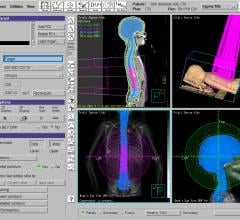
 May 06, 2024
May 06, 2024 

